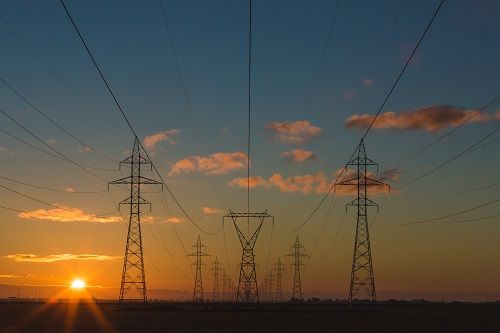Renewables now bear the brunt of Germany's electricity supply. But it still needs the coal and gas to provide the base load. Storage facilities would be a solution, but they are prevented by bureaucracy in often absurd ways. - A commentary by Markus W. Voigt, CEO of the aream Group.
Grid infrastructure is one of the dominant issues when it comes to expanding renewable energies. New, strong transmission lines are needed to transport electricity from the windy north to consumers in the south. The uneven distribution of usable capacities cannot be changed - but the flow of electricity could be better controlled.
To do this, the grid not only needs real-time lines that always release electricity as soon as it is produced. It needs storage facilities that can be used to meter the output to the grid and to the points of consumption. But apart from a few more or less prototype test plants, no storage capacities have yet been connected to the grid.
This is no longer due to the technology, which is now available. And it's not because of the costs; there are enough investors available who would provide capital here. The main reason is the bureaucracy. Obtaining permits for storage facilities is more than just a tedious undertaking.
What are storage facilities? Common sense says: storage places for electricity. A surplus of electricity is parked here and can be accessed when needed. For example, when real-time production is lower than demand, during low wind and darkness. A buffer, in other words.
But for the licensing authorities, storage facilities are, to put it mildly, uncharted territory. No one wants to be the first to potentially make a mistake here. That's why there are delays and procrastination - or a storage facility is simply reinterpreted as a power plant.
Among other things, delays are caused by requiring twice the connection size for a solar park with storage. The logic behind this: After all, it could be that real-time production is sent to the grid at the same time as the storage facility's reserves are emptied. Apart from the fact that there are only a few scenarios in which this would make economic sense, this can be avoided very easily: for example, by dimensioning the connection just for the output of the solar park.
Another interesting hurdle is to define a storage facility as a power plant. Reason: It is a unit that releases electricity into the grid. Now, in theory, it might not matter whether an official sees a storage facility as a power plant or not. The only problem is that a power plant would also require another payment to be made to the grid. An item that makes storage construction so expensive that investors are sure to leave it alone.
The way to a stable grid is through storage facilities. And the way to storage is through a few clear decisions in the direction of the approval authorities. Only then can this knot be untied.
PRESSEKONTAKT:
Leandra Kiebach
T: +49 (0)211 30 20 60 4-2
E: lk@aream.de
